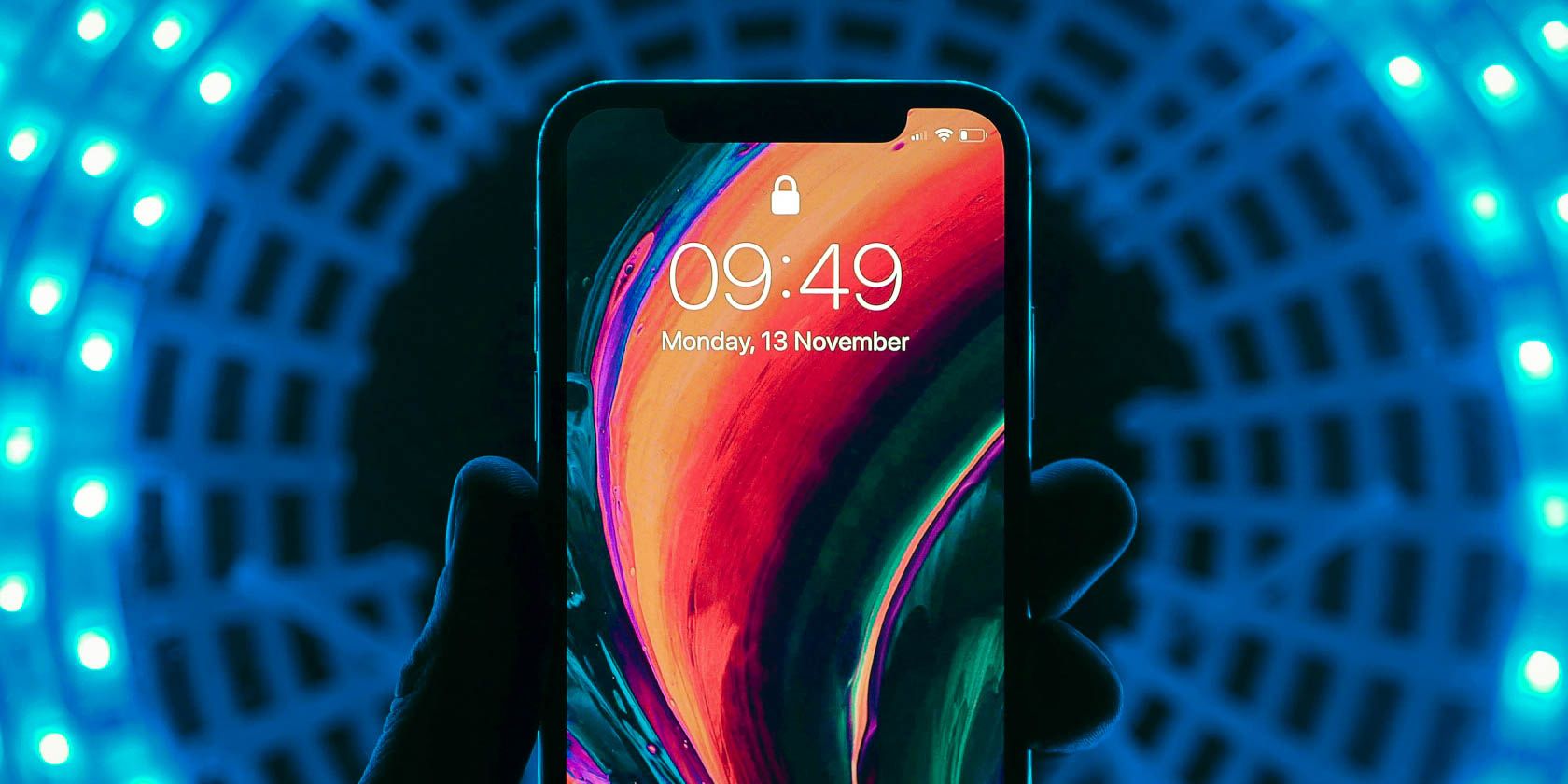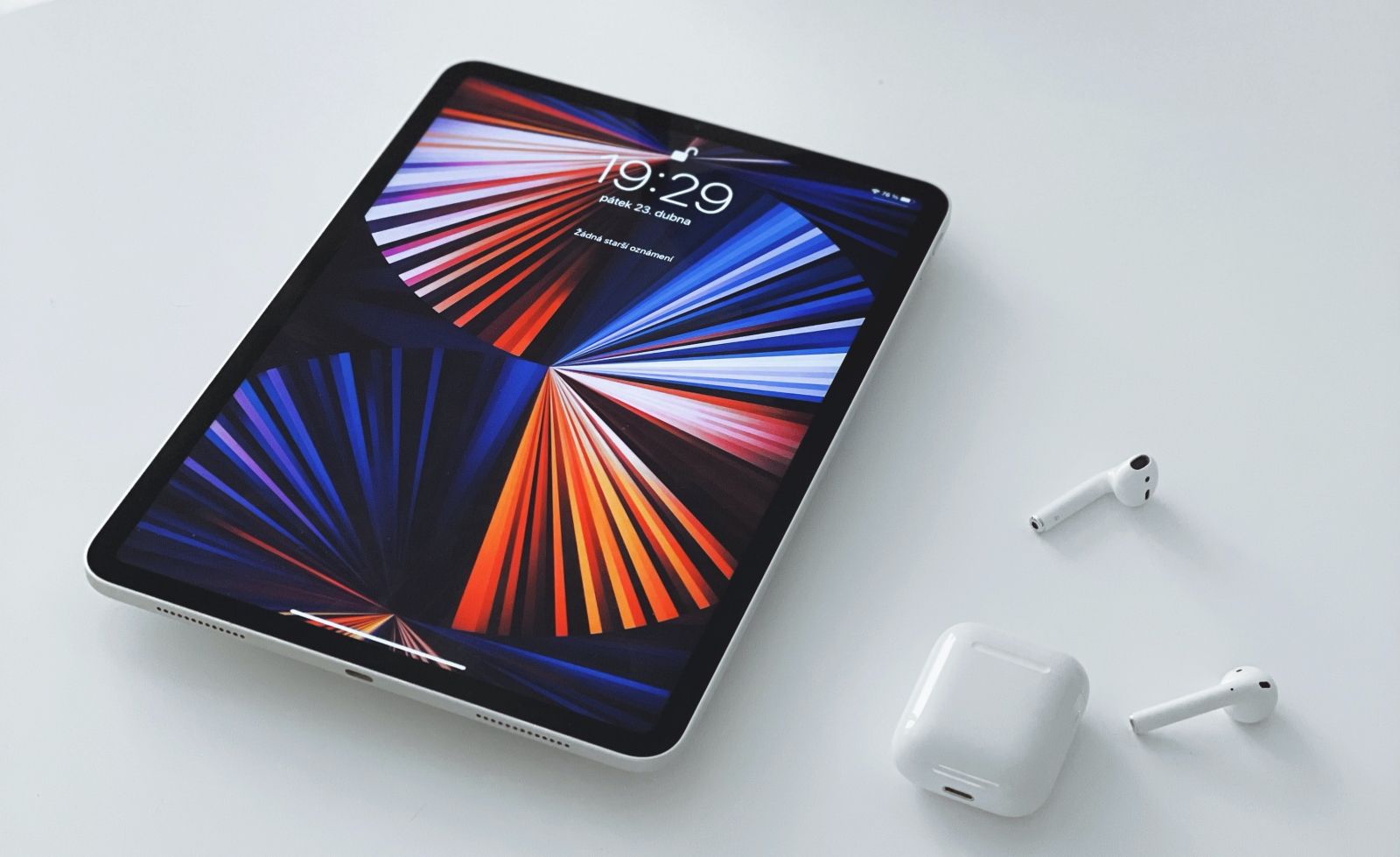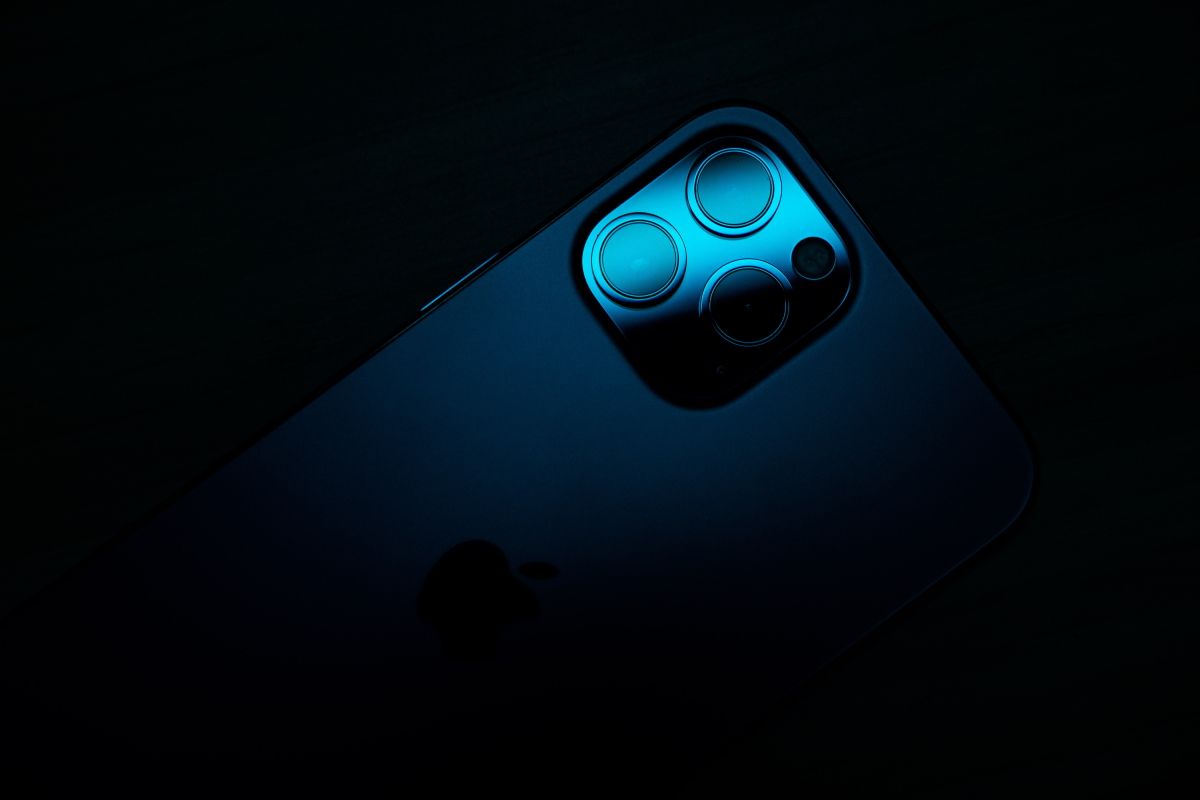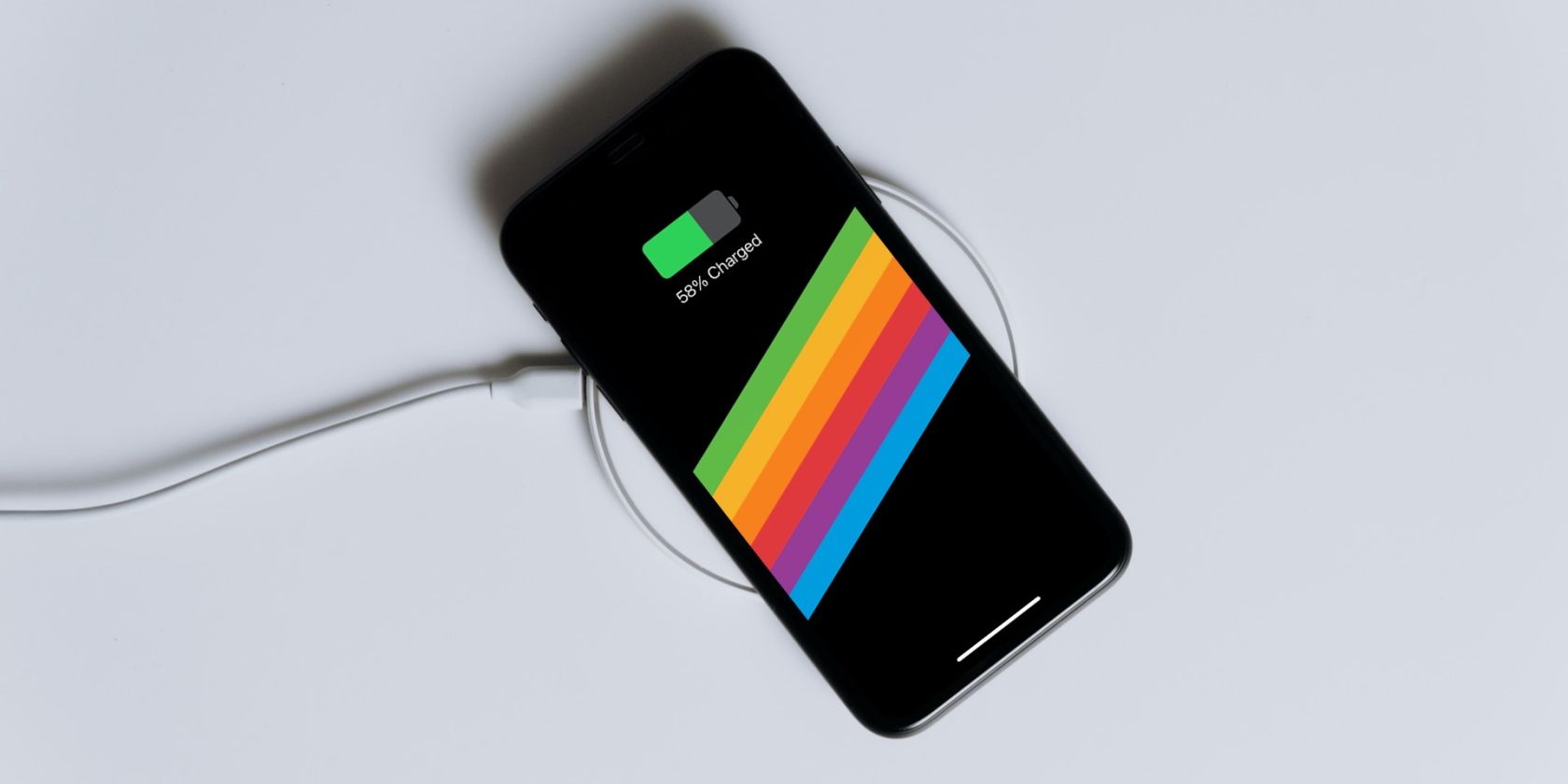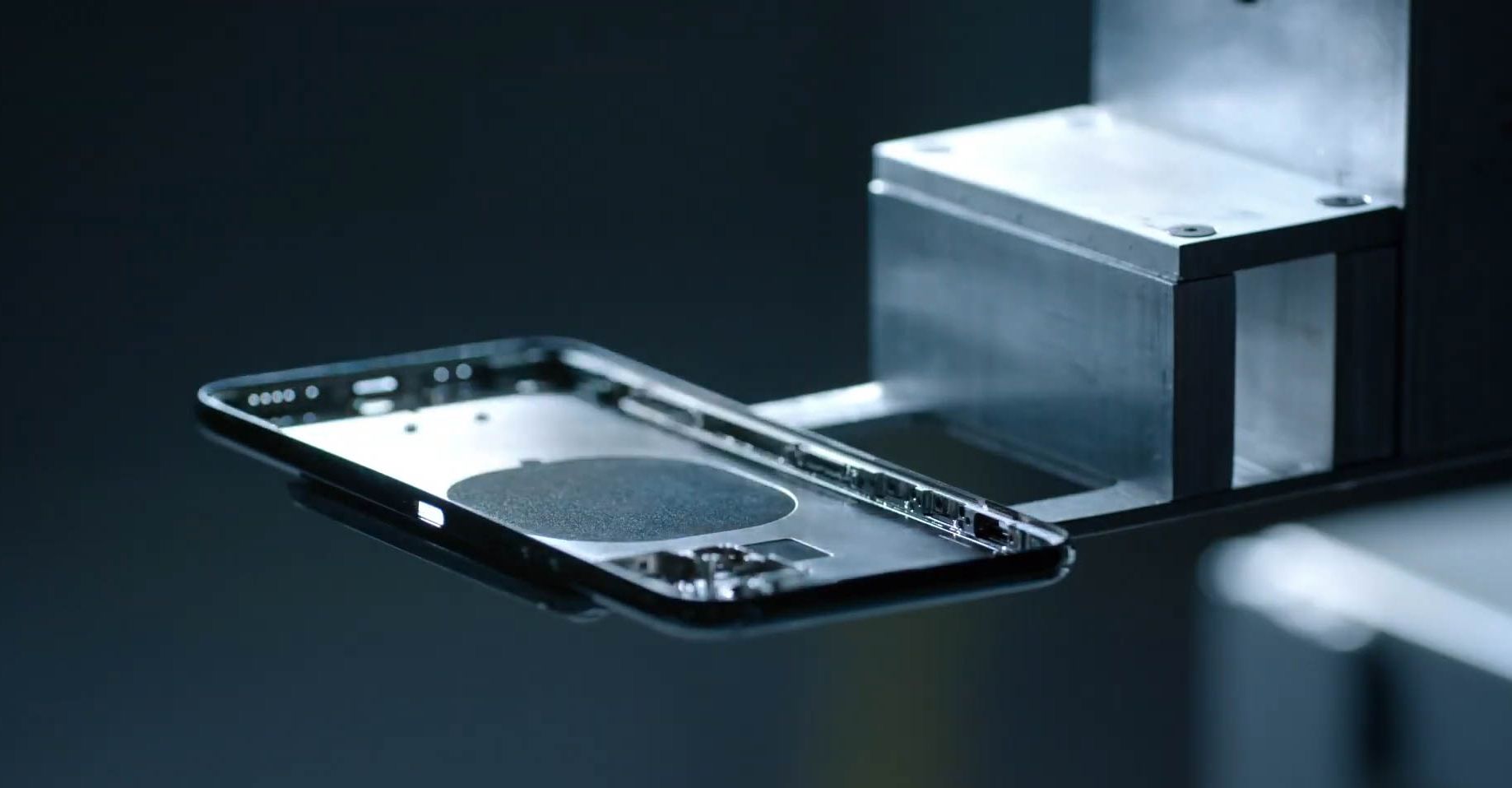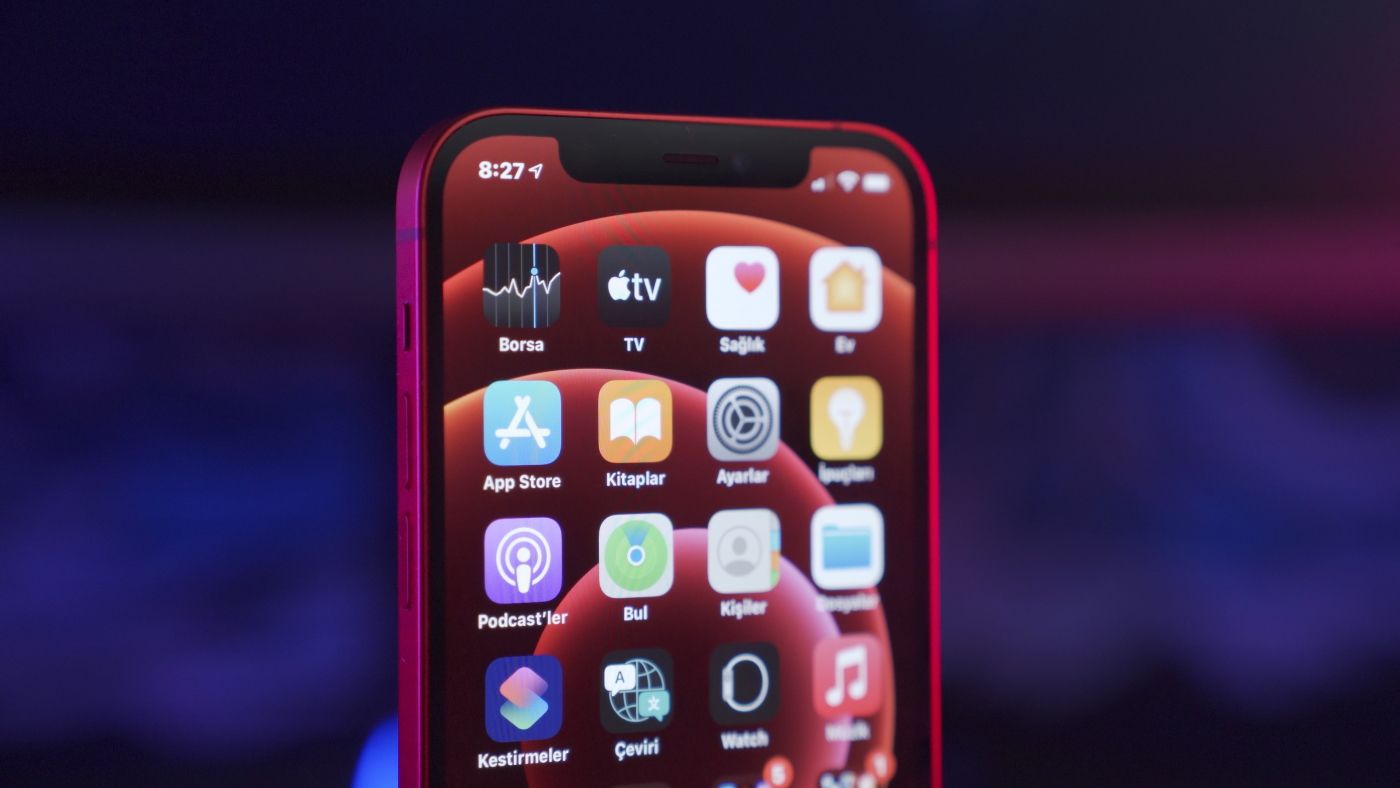Apple's upcoming flagship iPhone is expected to launch with an all-new ProMotion display. We expect that it will still pack the same OLED panel, but will be able to support a refresh rate higher than 60Hz.
This has been an industry standard among Android devices for the past couple of years, but Apple could finally be catching up to the competition in this field.
Here's everything you need to know about the ProMotion display coming to iPhone.
What Is ProMotion Display Technology?
ProMotion is simply Apple's marketing term for its high-refresh-rate displays. The word was first coined with the release of the 2017 iPad Pro, which was the first Apple device to support a 120Hz refresh rate.
Unlike the iPad Pro tablets, it looks like ProMotion on the iPhone 13 will utilize an LTPO (low-temperature polycrystalline oxide) display, according to Taiwanese publication DigiTimes.
This particular display is the reason why the newer Apple Watch models have an always-on display. LTPO technology should allow the iPhone to preserve its battery life by varying the screen refresh rate between 1Hz and 120Hz, depending on your usage.
Simply put, we think the refresh rate will be lowered to 30Hz or lower when you're reading articles or watching movies on your iPhone, but when you're playing games or scrolling through the home screen, it will be raised to 120 Hz.
60Hz vs. 120Hz: Is There a Noticeable Difference?
The short answer is yes, but if you're someone who has never looked at a 120Hz screen before, you'll find it hard to appreciate the difference at first.
The moment you go back to a 60Hz display from a 120Hz screen is when you'll notice the choppiness right away and appreciate the benefits of a high-refresh-rate display.
Since the iPhone 13 is expected to adopt variable-refresh-rate technology with a ProMotion screen, you'll notice the increase in smoothness the most when you're scrolling through the Home Screen and menu items.
You're also likely to see massive improvement while playing games that take advantage of the high-refresh-rate screen. However, you probably won't notice any change while viewing static or slow-paced content, like movies and web content.
Is ProMotion Confirmed for the iPhone 13?
Apple never confirms anything about its upcoming iPhones until the actual keynote. It's no different this time. So if you're looking for official information, you need to wait till September because that's when Apple usually holds the iPhone event.
However, if you're someone who keeps up with iPhone rumors, you probably know by now that many industry speculators are certain the next flagship iPhone will have a high-refresh-rate display.
Considering how this feature was expected to make its way to the iPhone 12 Pro line-up before Apple reportedly canceled its plans, it's perfectly reasonable to expect this feature a whole year later.
While the ProMotion branding hasn't been confirmed for the iPhone, Apple has a good track record of using similar marketing terms across its devices.
Here's a fine example: The Liquid Retina display introduced with the 2018 iPad Pro is just Apple's fancy word for an IPS display. The same term is used for the displays on the iPhone 11 and iPhone XR too.
The display on the upcoming iPhone 13 may continue to be branded as Super Retina XDR if it's another OLED panel that delivers extreme dynamic range, and ProMotion is could be presented as an added display technology, like True Tone.
The Impact of ProMotion on Battery Life
The LTPO display technology that's expected to be in the upcoming iPhone is 15% to 20% more power-efficient than the LTPS panels used in current-gen iPhones. However, if the new displays are running at twice the refresh rate, the battery impact would depend on how you use your device.
When you read web content or watch movies, your iPhone's battery life wouldn't be negatively impacted since the variable refresh rate would kick in and drop the refresh rate to 30Hz or lower. In contrast, if you were playing games that take full advantage of the high-refresh-rate screen, you'd drain the battery pretty quickly.
Ultimately, the overall battery life would also depend on the CPU efficiency and the battery size of the iPhone 13. According to rumors on Twitter, Apple is planning to use bigger batteries across the entire line-up this year.
Who Makes ProMotion Displays for iPhone 13?
Some of you may think it's Apple who makes these displays, and that's far from the truth. Ever since Apple made the switch to OLED displays with the iPhone, Samsung has been the biggest display manufacturer for Apple.
Yes, they may be rivals, but business is business. The two companies work together on a contract basis for manufacturing displays for the iPhones. Additionally, LG has been the second-biggest supplier of OLED panels for Apple since 2018.
According to a report by The Elec, both Samsung and LG have independently started mass-producing OLED panels for the iPhone 13 lineup. However, Samsung is the only manufacturer supplying the LTPO panels for the flagship models with ProMotion technology.
We suspect Apple is planning to use LG's LTPS displays in the lower-tier iPhone models.
Will All iPhone 13 Models Get ProMotion?
Unfortunately, it seems like the iPhone 13 Pro and the iPhone 13 Pro Max would be the only models to get the ProMotion display. Of course, nothing is officially confirmed, but if previous years are any indicator, we know that Apple likes to reserve new display technology for its top-end devices.
Let's take a look at a couple of examples, shall we?
Back in 2017, the flagship iPhone X was the only model that sported an OLED display. These screens continued to remain exclusive to the higher-end iPhone variants like the iPhone XS and iPhone 11 Pro. Apple chose to use traditional IPS displays for its lower-end models until the iPhone 12's release last year.
Likewise, Apple reserved the cutting-edge mini-LED tech behind the Liquid Retina XDR display for the bigger 12.9-inch iPad Pro, whereas the 11-inch variant settled for a good old IPS panel.
All of this points to one thing. The standard iPhone 13 models will likely use the standard 60Hz display. If you want that smoother experience, you'll probably have to go the extra mile and grab one of the Pro models.
Better Late Than Never
It's been a really long wait for Apple fans, considering how Android smartphones have had high-refresh-rate screens for over two years now. The good news is that Apple could be using the latest display technology to catch up to the competition, like the Galaxy S21 Ultra and the OnePlus 9 Pro.
Let's see if Apple has any other tricks up its sleeve when it announces the iPhone 13 later this year.

